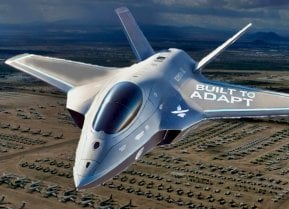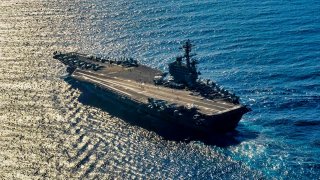Could Medium-Sized Carriers Make a Comeback in the U.S. Navy?
The U.S. Navy operates only supercarriers, despite past efforts to develop medium-sized carriers through the Aircraft Carrier (Medium) program in the 1970s.
Summary and Key Points: The U.S. Navy operates only supercarriers, despite past efforts to develop medium-sized carriers through the Aircraft Carrier (Medium) program in the 1970s.
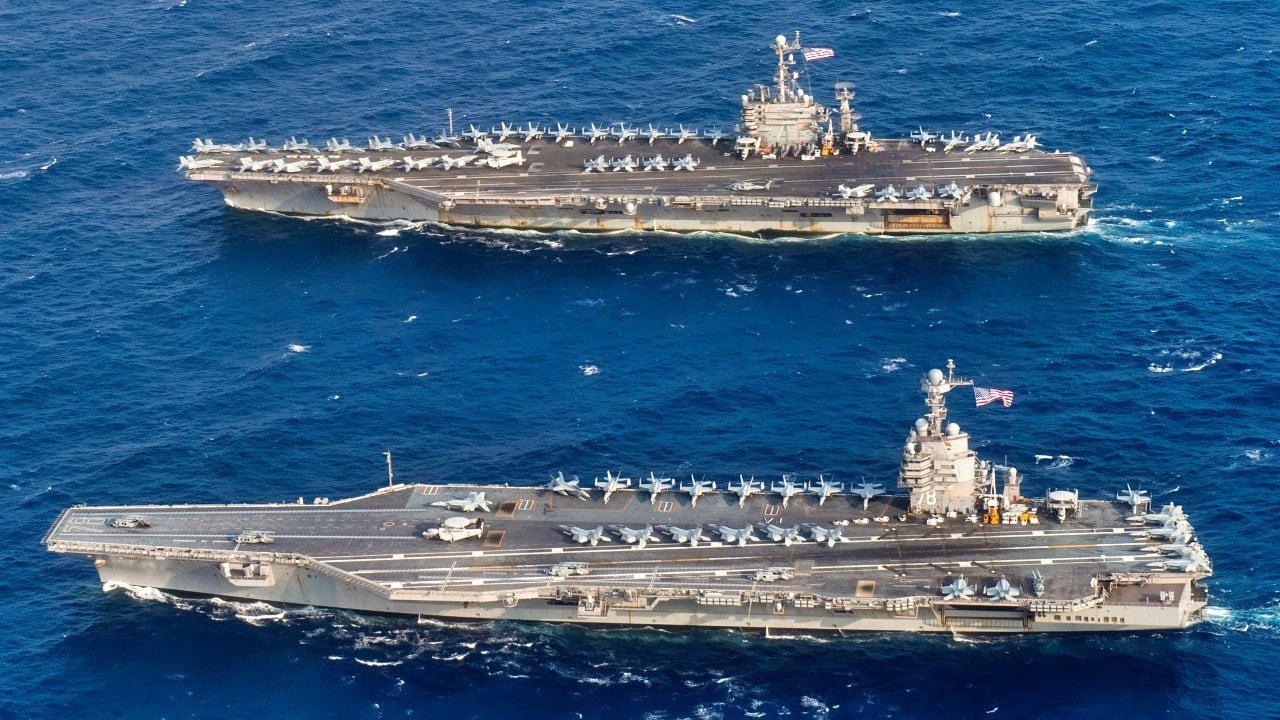
-The program aimed to create a cheaper alternative to nuclear-powered supercarriers but was ultimately deemed inefficient and abandoned in favor of larger, more capable ships.
-Critics argue that medium carriers would require significant manpower and resources, making them less efficient than supercarriers.
-However, given modern threats like hypersonic "carrier killer" missiles and the logistical challenges of maintaining supercarriers, there may be a renewed case for conventionally-powered medium carriers to complement the fleet.
The Abandoned Aircraft Carrier (Medium) Program: A Missed Opportunity?
Today, the United States of America is still known for bigger portions of food and the waistlines that come with it, as well as larger houses and of course a love of large trucks. Simply put, the United States is the land of supersized – but that doesn't entirely explain why the U.S. Navy only operates "supercarriers."
In fairness, the United States Navy's USS America (LHA-6), at 45,000 tons under full load, isn't a supercarrier – but it is actually an amphibious assault ship, and her mission is to act as the flagship of an expeditionary strike group or amphibious ready group. Even so, she is larger than many aircraft carriers in the service of many foreign navies it is easy to see why she might be confused with an actual carrier.
This begs the question of why the U.S. Navy doesn't operate medium-sized carriers to complement its nuclear-powered supercarriers, especially given that China and Russia have sought to develop so-called "carrier-killer" missiles or hypersonic weapons that could send a flattop to the bottom.
Past Efforts – The Aircraft Carrier (Medium) Program
In the 1970s the U.S. Navy considered a conventional-powered carrier that was to be smaller and more importantly cheaper than the contemporary nuclear-powered Nimitz-class. Thus was born the Aircraft Carrier (Medium) (CCV) program.
Facing a reduced budget following the war in Vietnam, Chief of Naval Operations Admiral Elmo Zumwalt proposed to maintain a large U.S. fleet while at the same time utilizing a mix of very high-end warships and lower-end vessels – which even extended to carriers as the U.S. Navy looked to replace its aging Midway-class carriers.
The result would be the so-called "Aircraft Carrier (Medium)," which was meant to supplement the U.S. Navy's existing supercarriers. It would have been capable of operating all present and planned types of carrier aircraft but with just a 908-foot flight deck and able to carry only up to sixty planes.
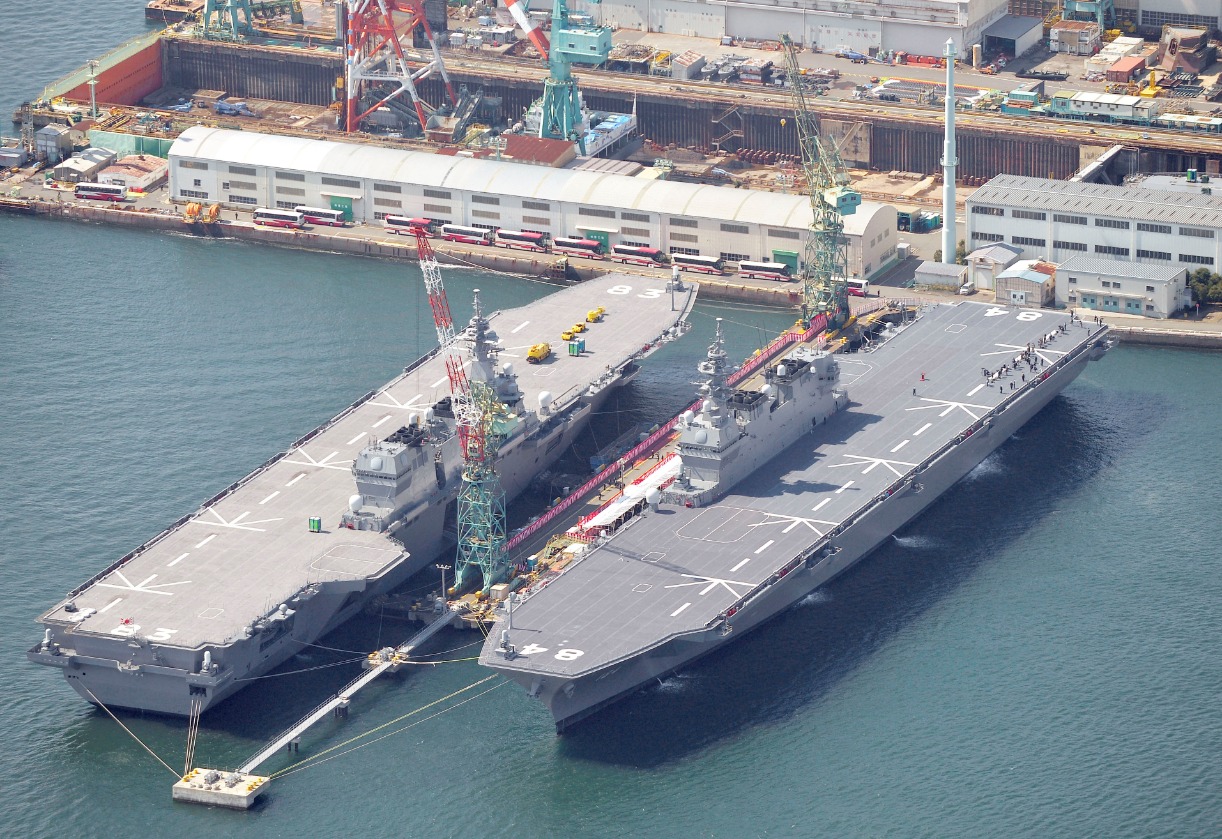
It would be significantly smaller than the supercarriers, but in addition, the carriers would be conventionally powered even as the U.S. Navy was going all-in on nuclear-powered carriers.
There would be a few other notable concessions including just two steam catapults instead of the four that were on the supercarriers, which meant that the medium-sized flat tops could only launch planes at half the rate. Likewise, there would be just two elevators instead of three, whilst the smaller airwing would mean the carrier wouldn't have as great a number of air defense and anti-submarine warfare (ASW) aircraft.
The focus of the CVV would have instead been on its striking power and in that regard, the medium carrier was to be on par with that of a true supercarrier.
Still Too Expensive
Even as the CVV program had the support of both Presidents Gerald Ford and Jimmy Carter, the U.S. Navy opted not to go with medium carriers for the same reason many people buy a large popcorn at the movie theater – there is simply more value for the money being spent.
It was expected that the first of these medium carriers would cost about $1.5 billion per ship compared to the $2.4 billion for a fourth Nimitz-class carrier. But it was also determined that the USS John F. Kennedy (CV-67) – the last conventionally powered large carrier built for the U.S. Navy – only cost about $100 million more than the CVV, and was far more capable. It was suggested by then-Secretary of Defense Harold Brown in 1978 that the Navy move forward with another John F. Kennedy-class carrier instead.
That idea was rejected by President Carter, who noted the lower life-cycle costs that came with a smaller ship and smaller airwing. At the same time, a fourth Nimitz-class carrier was approved in the Fiscal Year 1981 (FY81) budget – while the election of President Ronald Reagan changed everything. Reagan pushed for – and received – a larger defense budget and the Navy moved forward with nuclear-powered supercarriers.
That simply sank the CVV program.
Medium Aircraft Carriers: Still Needed a Massive Crew
Even today, critics of medium carriers are quick to point out their flaws.
Brent Eastwood noted "Medium-sized carriers were still going to need thousands of sailors that manned a smaller-sized group of aircraft on board. Then there were maintenance costs. Better to maintain one big ship than two smaller ones. Marginal costs would be prohibitive," and he added, "Could a medium-sized carrier run its own battle group? Most likely, but it was going to take more escort ships – frigates and destroyers that were in shorter supply by the time the Cold War wound down and the Global War on Terror ramped up."
This should all be considered as part of the future direction of the U.S. Navy. Modern frigates and guided-missile destroyers are essentially as powerful as World War II-era battleships. A move to smaller carriers that can operate unmanned aerial systems (UAS) and short takeoff vertical landing (STOVL) aircraft like the F-35B could still provide force projection around the world.
Other Nations Have Smaller Carriers
It should be noted too that even as the United States Navy maintains a fleet of eleven supercarriers, many navies around the world have sought to do more with less when it comes to flat tops. The Royal Navy's flagship HMS Queen Elizabeth II (R08) is comparable in size and capability to the proposed CVV, while the navies of Japan and South Korea are also exploring smaller yet still highly capable carrier designs.
These smaller aircraft carriers can operate with short/vertical takeoff and landing aircraft (S/VTOL) including the Lockheed Martin F-35B Lightning II, and thus provide many of the strike capabilities of a larger flagship.
The late Sen. John McCain (R-Arizona) was among the supporters of Zumwalt's concept including the "high/low mix" of the aircraft carrier fleet.
"Traditional nuclear-powered supercarriers remain necessary to deter and defeat near-peer competitors, but other day-to-day missions, such as power projection, sea lane control, close air support, or counter-terrorism, can be achieved with a smaller, lower cost, conventionally powered aircraft carrier," McCain stated in his white paper to lawmakers, Restoring American Power.
Moreover, given the fact that the latest U.S. Navy carrier, USS Gerald R. Ford, has faced numerous delays while it has gone over budget should make it clear that bigger isn't always better – especially when hypersonic "carrier killer" missiles pose such a threat today.
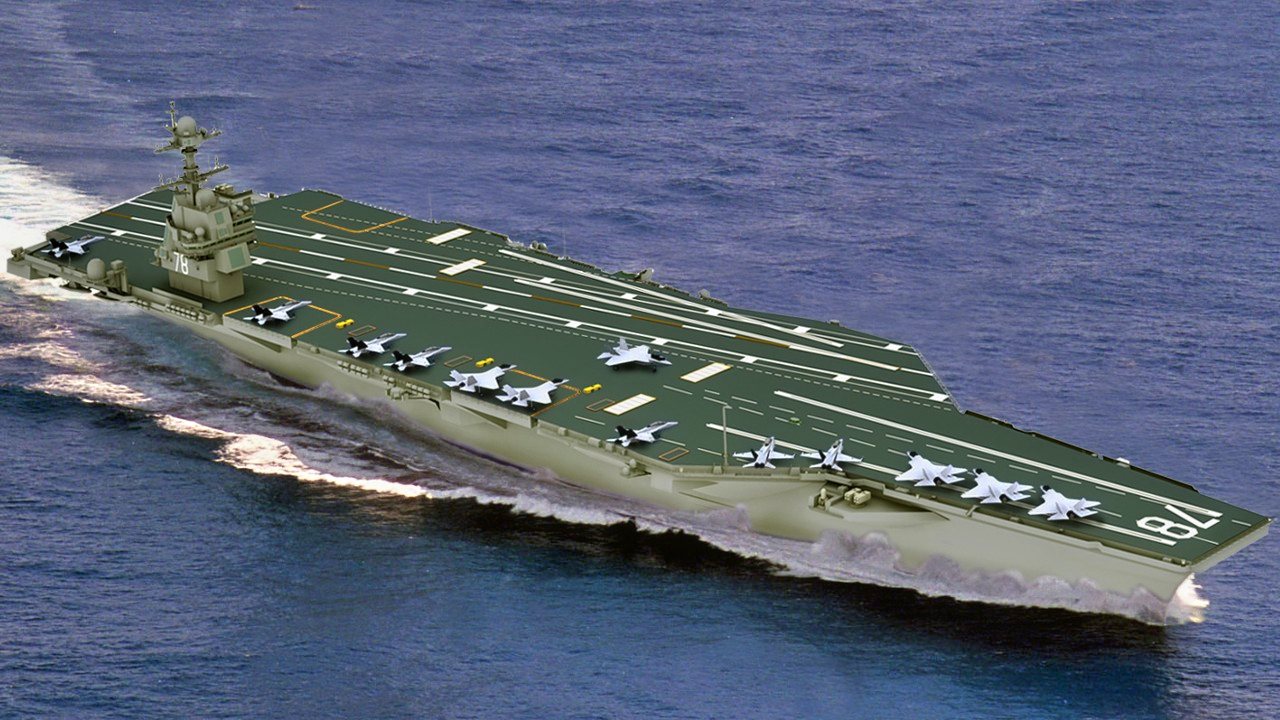
The cost, maintenance schedule, and the 2020 outbreak of COVID-19 on the USS Theodore Roosevelt, which took the carrier out of service for months, also should serve as warning signs of why even with nearly a dozen carriers in a conflict the U.S. Navy could come up short by placing so much emphasis on the supercarriers. Then there is the fact that nuclear-powered supercarriers need a mid-life refueling that can take them out of service literally for years.
There was a case for the CVV program in the Cold War, and an even better case for the conventionally-powered medium aircraft carriers today.
Author Experience and Expertise
Peter Suciu is a Michigan-based writer. He has contributed to more than four dozen magazines, newspapers, and websites with over 3,200 published pieces over a twenty-year career in journalism. He regularly writes about military hardware, firearms history, cybersecurity, politics, and international affairs. Peter is also a Contributing Writer for Forbes and Clearance Jobs. You can follow him on Twitter: @PeterSuciu.
All images are Creative Commons.
